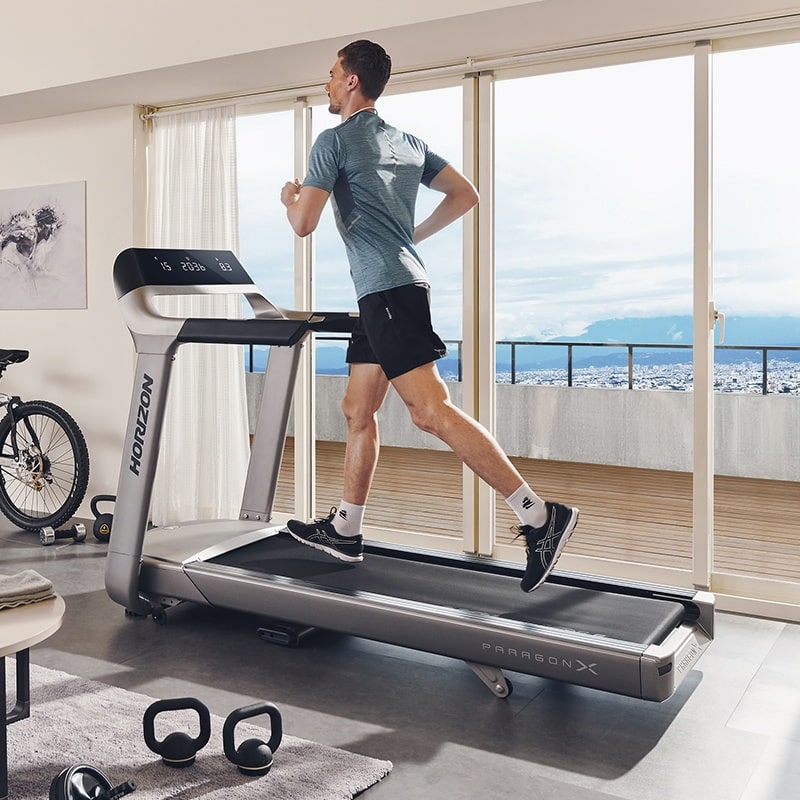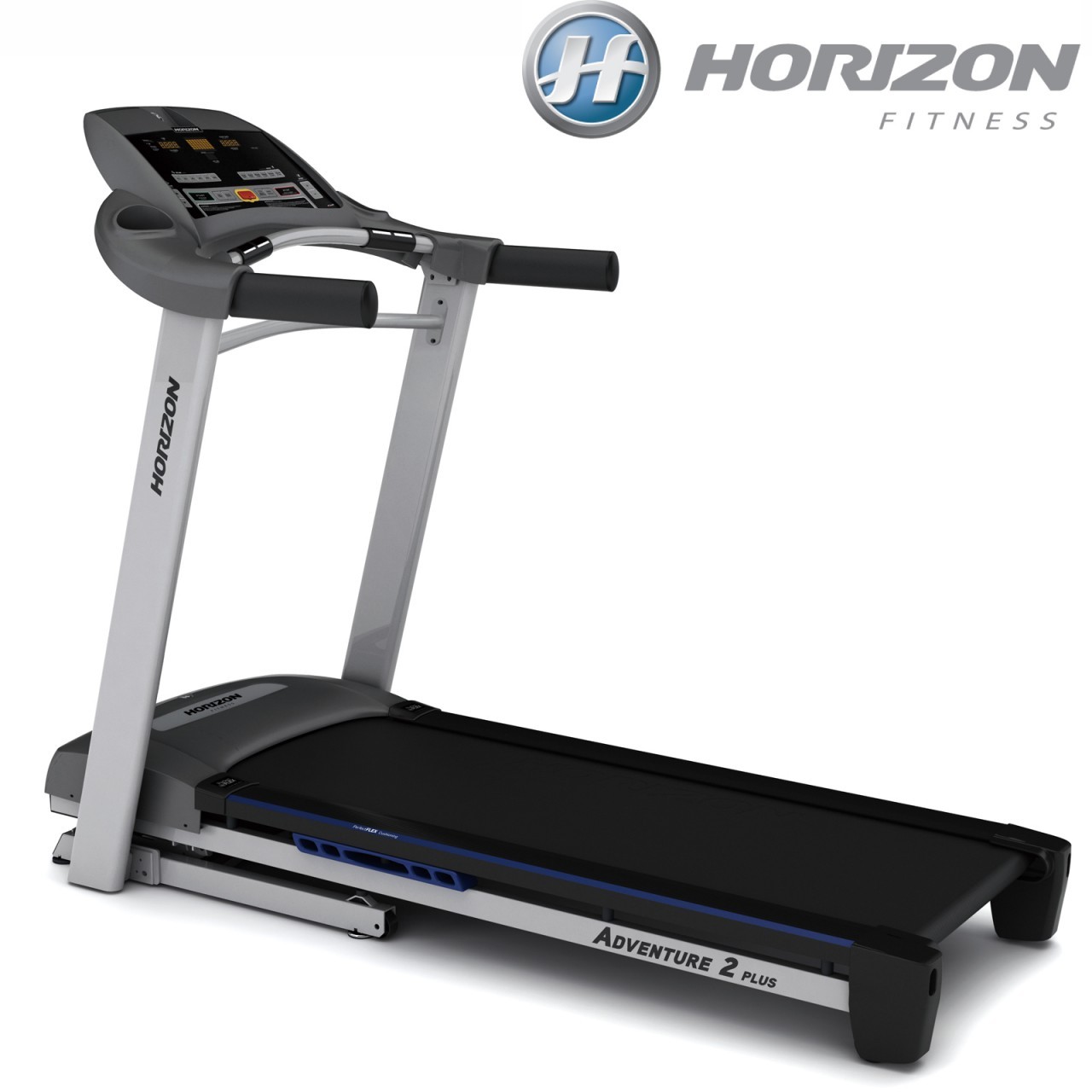
Treadmills as muscle-powered engines originated roughly 4000 years ago. The third design also required climbing but used a sloped, moving platform instead.

This is similar to what we know today as the hamster wheel. The second design was a vertical wheel, a treadwheel, that was powered by climbing in place instead of walking in circles. It rotated around a vertical axis, driven by an ox or other animal walking in a circle and pushing the bar. The first was a horizontal bar jutting out of a vertical shaft. These ancient machines had three major types of design. Treadmills as power sources originated in antiquity. Staub began producing the first home treadmills at his plant in Clifton, New Jersey, before moving production to Little Falls, New Jersey. Once finished, Staub sent his prototype treadmill to Cooper, who found the machine's first customers, including sellers of fitness equipment. He called his first treadmill the PaceMaster 600. Staub noticed that there were no affordable household treadmills at the time and decided to develop one for his use during the late 1960s. Cooper's book noted that individuals who ran for eight minutes four to five times a week would be in better physical condition. Staub developed his treadmill after reading the 1968 book, Aerobics by Kenneth H. William Staub, a mechanical engineer, developed the first consumer treadmill for home use. As a result, the treadmill industry has hundreds of manufacturers throughout the world. Treadmills continue to be the biggest-selling exercise equipment category by a large margin.
HORIZON TREADMILL MANUAL
The latter are known as manual treadmills. The simpler, lighter, and less expensive versions passively resist the motion, moving only when walkers push the belt with their feet.

The more expensive, heavy-duty versions are motor-driven (usually by an electric motor). Thus, the speed of running may be controlled and measured. The rate at which the belt moves is the rate of walking or running.

The belt moves to the rear, requiring the user to walk or run at a speed matching the belt. Rather than the user powering a mill, the device provides a moving platform with a wide conveyor belt driven by an electric motor or a flywheel. More recently, treadmills have instead been used as exercise machines for running or walking in one place. The terms treadmill and treadwheel were used interchangeably for the power and punishment mechanisms. In later times, treadmills were used as punishment devices for people sentenced to hard labour in prisons. Treadmills were introduced before the development of powered machines to harness the power of animals or humans to do work, often a type of mill operated by a person or animal treading the steps of a treadwheel to grind grain. A treadmill is a device generally used for walking, running, or climbing while staying in the same place.


 0 kommentar(er)
0 kommentar(er)
